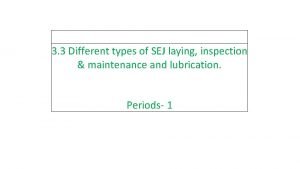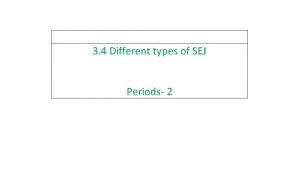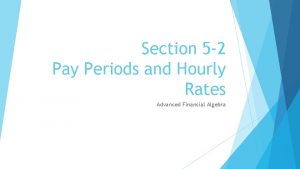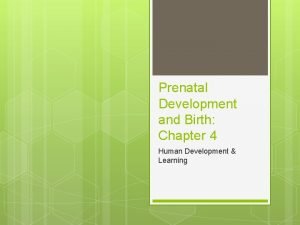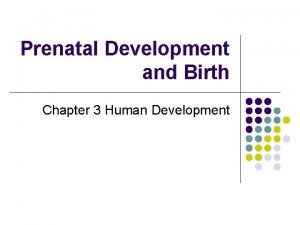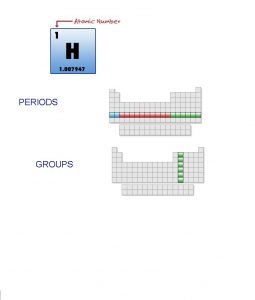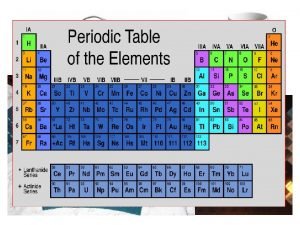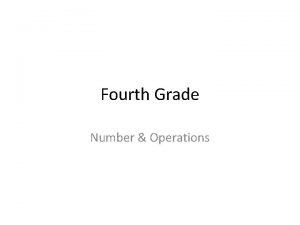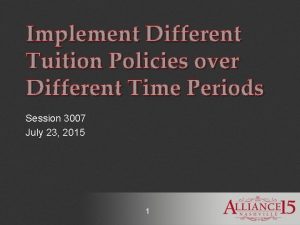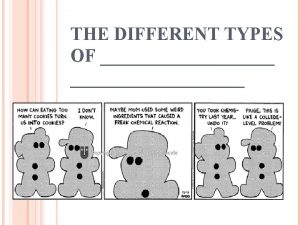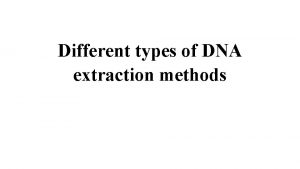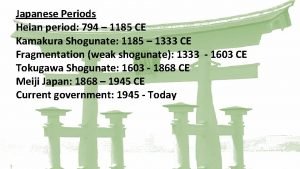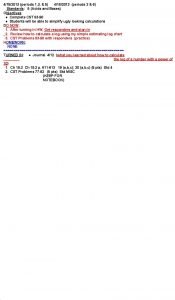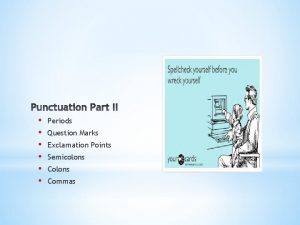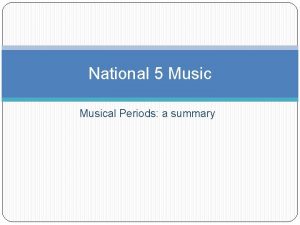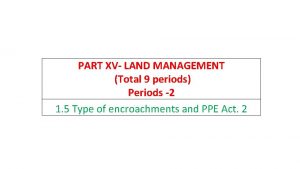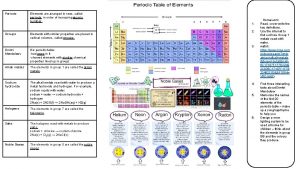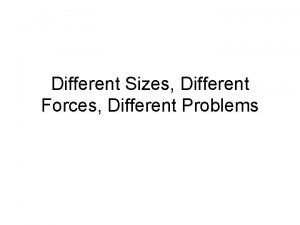3 4 Different types of SEJ Periods 2


































- Slides: 34

3. 4 Different types of SEJ Periods- 2

Different Types of SEJs

Function of SEJ • SWITCH EXPANSION JOINT (SEJ): • SEJ is an expansion joint installed at each end of LWR/CWR to permit expansion/ contraction of the adjoining breathing lengths due to temperature variations.

About Standard SEJ • The IRS design of SEJ’s have been in service on IR since 1960’s. • The Stock rail and Tongue rail forming part of the SEJ have two sharp bends in close proximity. • In initial design of SEJ’s during 1960’s, 72 UTS Medium Manganese rails used.

Standard SEJ

Necessicity for Redesign of SEJ’s • The IRS design of SEJ’s have been in service on IR since 1960’s. • Several causes of fractures reported on stock / Tongue rails of the standard SEJ’s since 1990’s. • Rails used were 72 UTS(72 kg/cm 2) Medium Manganese rails. • Due to significant increase in rail life with the use of higher UTS rail with UTS of 90 kg/cm 2 since late 1980’s.

Contd. . • High UTS rails are highly sensitive to bends, nick marks etc. which are normally caused at the time of handling/machining of SEJ’s. • Consequently there have been several fractures of stock/ tongue rails of IRS design SEJ’s manufactured from high UTS Rails as compared to almost nil fracture earlier.

Why Improvements is Required in Design ? • 1) To avoid two bends involved in the design of stock rail and tongue rail in conventional type of SEJ. • 2)To avoid fractures in the bent portion of stock rail and tongue rail in conventional type of SEJ. • 3)To meet other requirements like wide gap at bridge approaches.

Contd. . . • 4)Suitability in curves sharper than 0. 50 and up to 40. • 5) Suitability for higher axle loads. • 6) Suitability for high speed routes.

SEJs in vogue In case of LWRs laid on concrete sleepers having different rail section on either side of SEJs, combination SEJ to RDSO Drg. No T-6782 (52 kg / 60 Kg) shall be provided. Alternatively, two 3 rail panels (39 m), one of each rail section shall be provided with combination fish plated joint, between the two panels.

SEJ’s under trial • 1) SEJ with 60 Kg on curve with curvature > 20 and up to 40. • 2) SEJ for 80 mm gap with CR-120 crane rails

Location of SEJ • The exact location of SEJ shall be fixed taking into account the location of various obligatory points such as level crossings, bridges, points and crossings, gradients, curves and insulated joints.

Location of SEJ • (1) The conventional SEJ (RT-4160 and RT-4165) with straight tongue and stock shall not be located on curves sharper than 0. 5° (3500 m radius). • (2) The improved SEJs (RT-6902, RT-6914, RT-6922, RT-6930) may be located on curves up to 2°. SEJ beyond 2° and up to 4° shall be laid with approval of PCE in consultation with RDSO • (3) The SEJ shall not be located on transition of curves.

Location of SEJ • The exact location of SEJ shall be fixed taking into account the location of various obligatory points such as level crossings, bridges, points and crossings, gradients, curves and insulated joints. • The various designs of SEJs in use on Indian Railways are as per Para 227 • (1) The conventional SEJ (RT-4160 and RT-4165) with straight tongue and stock shall not be located on curves sharper than 0. 5° (3500 m radius). • (2) The improved SEJs (RT-6902, RT-6914, RT-6922, RT-6930) may be located on curves up to 2°. SEJ beyond 2° and up to 4° shall be laid with approval of PCE in consultation with RDSO • (3) The SEJ shall not be located on transition of curves.

SEJ with one Gap • Design developed by M/s Rahee Industries, Calcutta. • Is also called as “Improved SEJ” • Comprises of a pair of two non bent rails mounted on C. I. Chairs with a expansion gap between the two juxtaposed rail ends. • A third rail (gap avoiding rail ) is securely bolted to the stock rail by HTS bolts to form an extension of the stock rail.

Contd. . . • The system also has check rails to reduce wheel hunting especially for worn out wheels. • Check rails also act as angle ties to keep the sleepers in position. • The wheel tread does not jump the gap but is smoothly guided in to the rail. • No risk of rail fracture or cracks –no bends or stress raisers. • All wheel transfer areas are head hardened to increase service life.


Salient features of Improved SEJ • Excellent riding comfort. • Low life cycle cost. • No undue stress on the rails. • Capable of being laid on curved tracks. • Head hardened wheel transfer zone leading to longer service life • Smooth wheel transfer, increasing the life of rolling stock.

Contd. . . • Capable of handling gaps up to 200 mm and more with minor modifications. • Safe due to presence of check rails which guard against excessive play of worn out wheels. • Continuous support for wheel-set on rail ; no jump or change in level of wheel-set while negotiating gaps.

Contd…. . • The tongue rail is kept at mean position at center line of sleeper and stock rail end kept at 40 mm from mean position, thus creating a gap of 40 mm


Advantages of Improved SEJ (Rahee make) • No bends in tongue and stock rail. • Only 5 sleepers of standard SEJ on PSC assembly are used. • Check rail guard against excessive play on worn out wheels. • Design suitable up to 200 max gap. • Can be used on curve sharper than 0. 50 but not sharper than 1. 50

SEJ with Two Gap • Developed by M/s Bina Metal way Ltd, Jamshedpur & M/s Chintuparni Engineering works, Barabanki). • No bends in Stock & Tongue rails thus eliminating the safety risk. • Two gaps of 40 mm each between the tongue rail & stock rail. • Under temperature changes in track the gap in this SEJ would vary from 33 to 57 mm. • The smaller maximum gap of 57 mm as compared to 74 mm maximum gap in conventional SEJ reduces impacted caused at the joint when wheel negotiates the gap in the SEJ.

Contd. . • The minimum head width of tongue rail is more than 61% of the full rail head width as compare to 35% in conventional SEJs, due to this lesser wear & longer life. • Wear prone areas of heads of stock and tongue rails are pearlitized by a special process to achieve a hardness of 330 ± 20 BHN(Alt-1). • Stock rail is fabricated by machine and bolted together two separate rails. • Capable of being laid on curved tracks.

Contd. . . • The single rail C. I. chairs on sleeper nos 10 & 24 are designed to provide a toe load of 350 to 400 kg/clip to enable free rail movement.

Laying Details • SEJ makes use of 6 standard SEJ sleepers. 3 sleepers near each gap. i. e. Sleeper nos. 10, 11, 12, 23, and 24 • Length of SEJ is 5750+6950+5920+80=18700. • Sleeper n 0 -1 to 31 should be at a spacing of 600 mm c/c. • Mean position of SEJ should be kept at center line of sleepers no. 12 & 22. • The mean gap is 40 mm on each end

Contd. . • Stock rail is fabricated out of two pieces of lengths 7140 mm and 5920 connected to each other by HTS bolts.

Contd. . . • The tongue rails are kept at mean position at center line of sleeper nos. 12 & 22, and stock rail end kept at 40 mm from mean position, thus creating a gap of 40 mm • To arrest excessive creep in stock rail, stock should be box anchored.

(b) Gaps at SEJ shall be adjusted at the time of de-stressing of LWR/ CWR as under: Rail section laid Gap to be provided at ‘td’ 52 kg/m 60 kg/m 40 mm

(b) Gaps at SEJ • (c) For Gaps at different types of SEJ and its laying and measurement, Fig No 3. 18, 3. 19, 3. 20, 3. 21 may be referred to:

(b) Fig 3. 18 Setting of Gap at SEJ (IRS Design) to Drawing nos. RDSO/T-412, RDSO/T-4160, RDSO/T-4165, RDSO/T-5478, RDSO/T-5586, RDSO/T-5748, RDSO/T-6257, RDSO/T-6782 at De-stressing temperature (t d)

(b) Fig 3. 19 Setting of Gap at Improved SEJ with double gap of max. 65 mm each (DG 65 Design) to Drawing no. RDSO/T-6922 (60 Kg) & RDSO/T-6930 (52 Kg) (Applicable for both rails) at De-stressing temperature (t d)

(b) Fig 3. 20 Setting of Gap at Improved SEJ with Single gap of max. 80 mm (SG 80 Design) to Drawing no. RDSO/T-6902 (60 Kg) & RDSO/T-6914 (52 Kg) (Applicable for both rails) at De-stressing temperature (t d)

(b) Fig 3. 21 Illustration for measurement of gap at SEJ for observation of movement of LWR/CWR
 Sej drawing number
Sej drawing number Combination sej drawing
Combination sej drawing Types of pay periods
Types of pay periods Why do different polymers have different properties?
Why do different polymers have different properties? Why do different atoms produce different colors
Why do different atoms produce different colors Sound will travel at different speeds in different mediums.
Sound will travel at different speeds in different mediums. Examples of a medium in waves
Examples of a medium in waves Cultural relarivism
Cultural relarivism Different angle different story
Different angle different story Acid and base song
Acid and base song Manufactured boards examples
Manufactured boards examples We are all different but the same
We are all different but the same Argumenterande tal struktur
Argumenterande tal struktur Most common pay periods
Most common pay periods Modern periodic table
Modern periodic table Topic 15 periods authors and genres
Topic 15 periods authors and genres Three periods of roman history
Three periods of roman history Periods of music
Periods of music Pay periods and hourly rates
Pay periods and hourly rates Realism literary period
Realism literary period Periods of prenatal development
Periods of prenatal development Germinal stage
Germinal stage Periods of music
Periods of music Group 18 name
Group 18 name Periodic table3
Periodic table3 Where to do a heel stick on newborn
Where to do a heel stick on newborn British literary periods
British literary periods American literary time periods
American literary time periods British literary periods timeline
British literary periods timeline Music timeline
Music timeline Stages of infection
Stages of infection Groups vs periods
Groups vs periods Periods of reactivity newborn
Periods of reactivity newborn Place value periods
Place value periods 4 periods of computer
4 periods of computer
